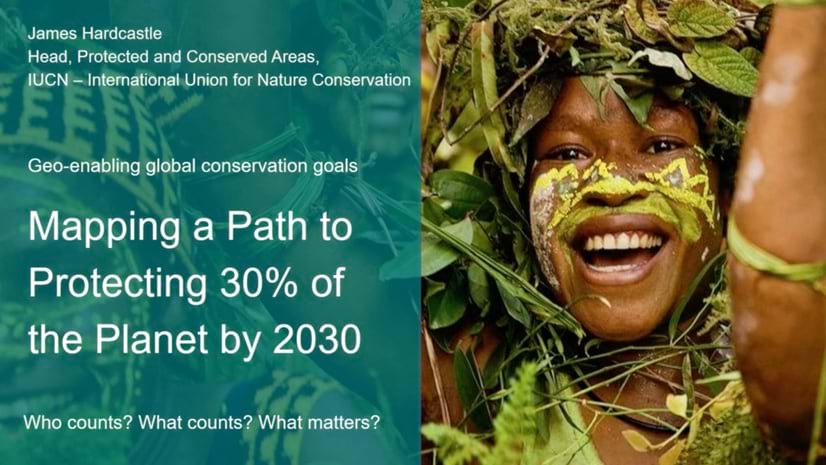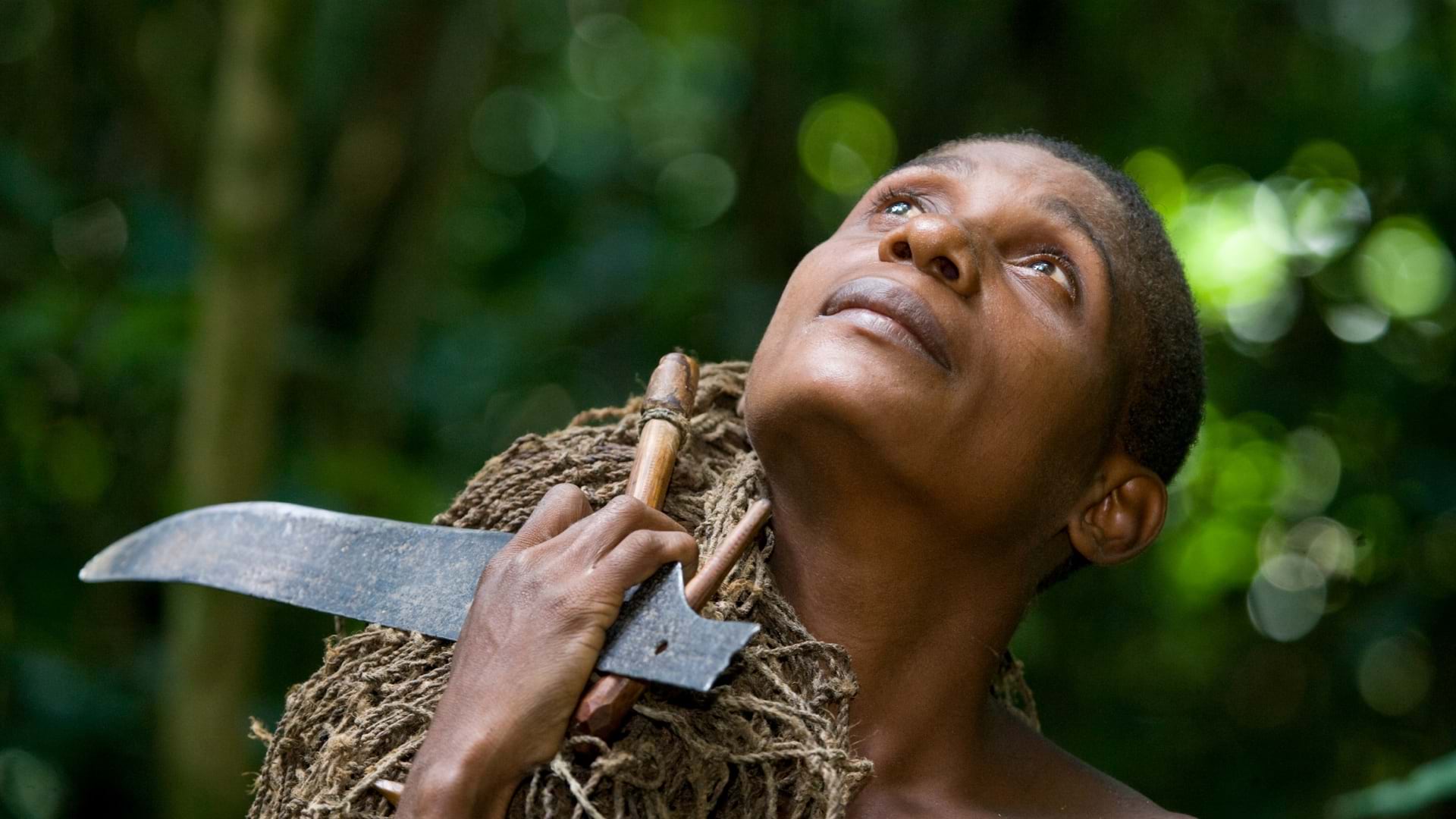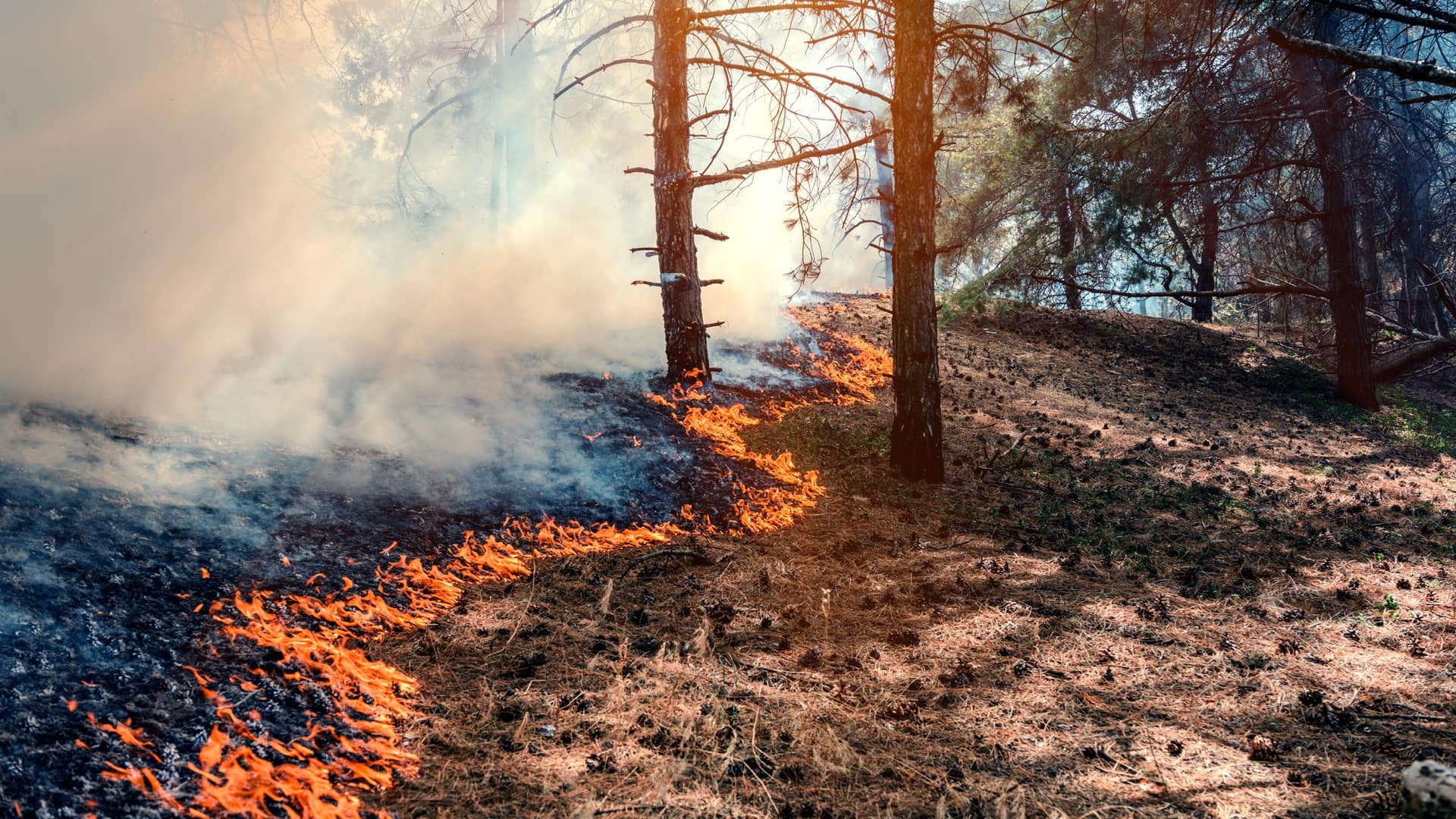

August 14, 2023

Who: James Hardcastle, global lead of Protected and Conserved Areas at the International Union for Nature Conservation (IUCN)
When: July 23, 2023; Where: 2023 Senior Executive Summit at the Esri User Conference, San Diego, California
What: The International Union for Nature Conservation (IUCN) helped develop the Kunming-Montreal Global Biodiversity Framework that member nations adopted in December 2022. The agreement includes a set of national targets for urgent action by 2030.
The first target calls for the development of spatial plans to halt the loss of high biodiversity importance areas, with involvement of Indigenous peoples and local communities. So-called traditional ecological knowledge has gained worldwide respect because of its outcomes. IUCN has quantified that 91 percent of Indigenous Protected Areas are ecologically intact, and a full 36 percent of high biodiversity importance areas are within Indigenous territories.
The IUCN Green List sets the standard for effective area-based conservation to ensure that biodiversity, cultural, and natural values are being preserved. Recently, IUCN partnered with Esri to geo-enable spatial planning to protect biodiversity.
Why: IUCN outlines a geographic approach to conservation—to assess, plan, manage, and achieve protection for areas of high biodiversity importance. Modern GIS technology contains tools and data about people and place to effectively safeguard biodiversity while also considering equity and inclusion.
IUCN’s standards and GIS technology together can help nations and communities diagnose their status and prioritize the steps needed to achieve protection. Maps power conversations about effective conservation.
Around the world, IUCN has documented and certified Indigenous Protected Areas that deliver good conservation results. Maps help manage the areas as well as illustrating and advocating practices that work. To conserve 30 percent of lands and waters by 2030, it will take an accessible platform that brings everyone together to decide what’s important and to safeguard what matters.


